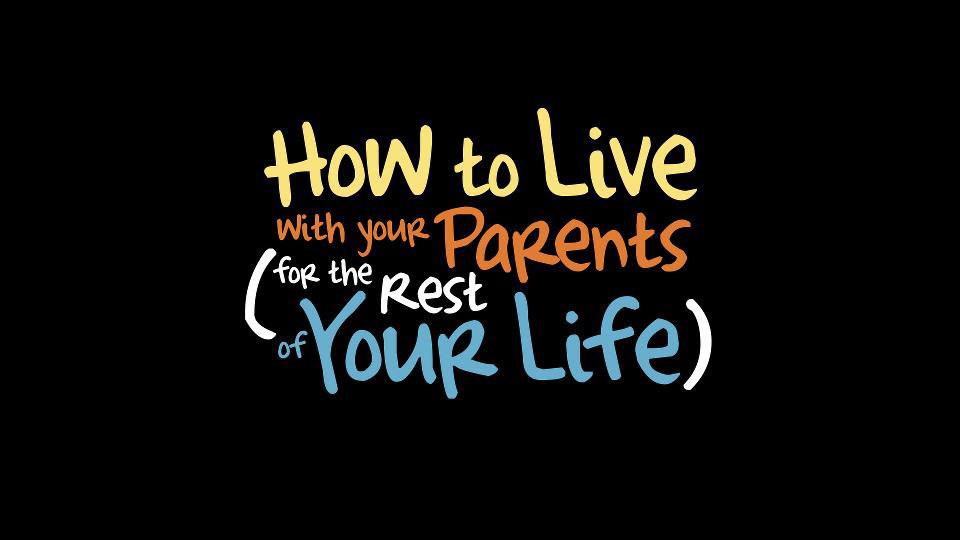 If you could stay home and play video games all day, would you do it? According to a brand new report that was released by the National Bureau of Economic Research on Monday, American men from the ages of 21 to 30 are working a lot less these days. In fact, on average men in this age group worked 203 fewer hours per year in 2015 than they did in 2000. So what did they do with all of that extra time? According to the study, a large portion of the time that young men used to spend working is now being spent playing video games.
If you could stay home and play video games all day, would you do it? According to a brand new report that was released by the National Bureau of Economic Research on Monday, American men from the ages of 21 to 30 are working a lot less these days. In fact, on average men in this age group worked 203 fewer hours per year in 2015 than they did in 2000. So what did they do with all of that extra time? According to the study, a large portion of the time that young men used to spend working is now being spent playing video games.
It is certainly no secret that young men like video games. But the study found that in recent years the amount of time young men dedicate to gaming has shot up dramatically…
Comparing data from the American Time Use Survey (ATUS) for recent years (2012-2015) to eight years prior (2004-2007), we see that: (a) the drop in market hours for young men was mirrored by a roughly equivalent increase in leisure hours, and (b) increased time spent in gaming and computer leisure for younger men, 99 hours per year, comprises three quarters of that increase in leisure. Younger men increased their recreational computer use and video gaming by nearly 50 percent over this short period. Non-employed young men now average 520 hours a year in recreational computer time, sixty percent of that spent playing video games. This exceeds their time spent on home production or non-computer related socializing with friends.
Those are some absolutely staggering numbers.
But how can these young men get away with spending so much time playing video games? After all, don’t they have bills to pay?
Well, some of them do, but a lot of them are still living at home with Mom and Dad. According to this new report, a whopping 35 percent of young men “are living at home with their parents or a close relative”…
Men ages 21 to 30 years old worked 12 percent fewer hours in 2015 than they did in 2000, the economists found. Around 15 percent of young men worked zero weeks in 2015, a rate nearly double that of 2000.
Since 2004, young men have increasingly allocated more of their free time to playing video games and other computer-related activities, according to the study. Thirty-five percent of young men are living at home with their parents or a close relative, up 12 percent since 2000.
This phenomenon is known as “extended adolescence”, and it is becoming a major societal problem.
In the old days, most young men in their twenties would be working hard, starting families and becoming solid members of their communities.
But these days, way too many young men are living in the basement with Mom and Dad and spending endless hours playing video games.
So what is going to happen when older generations of Americans start dying off and these guys are forced to become “the leaders of tomorrow”?
I love baseball, and one of the things that you learn when you follow baseball is that hitters tend to peak around the age of 27. Of course there are plenty of exceptions to this rule, but on average there is something very special about the age of 27.
The reason I bring this up is to show that in many ways men from the ages of 21 to 30 are in their prime years. If they are wasting those years playing video games, that is not a good thing for our society.
And of course this isn’t the first survey to find that so many young men are still living with their parents. Not too long ago, a Census Bureau report discovered that one out of every three 18 to 34-year-old Americans is still living at home…
According to the Changing Economics and Demographics of Young Adulthood report for 2016, one in three Americans ages 18 to 34 are living at home with their parents.
Coming in second place is living with a spouse (27 percent), followed by other (i.e. living with a roommate or other relatives, 21 percent), living with a boyfriend or girlfriend (12 percent) and living alone (8 percent).
The fact that only 27 percent of them are “living with a spouse” is particularly noteworthy. As I noted in a previous article, that number has fallen by more than half since 1975…
Did you know that the percentage of 18 to 34-year-old Americans that are married and living with a spouse has dropped by more than half since 1975? Back then, 57 percent of everyone in that age group “lived with a spouse”, but today that number has dropped to just 27 percent.
I have a new book coming out later this month, and in that book I am going to talk about some of the reasons why so few of our young people are getting married these days. Our culture tends to glamorize the “single lifestyle”, and it also tends to portray marriage as a “ball and chain” that needs to be put off for as long as possible. But studies have shown that married men tend to be happier, they tend to make more money, and they tend to live longer.
However, it is undeniably true that it can be very tough to start a family in today’s economic environment. The middle class is steadily shrinking, and millions of young people are working jobs that pay close to the minimum wage. So when you are barely scraping by, it can be quite intimidating to think about taking on all of the expenses that come with raising a child.
But as so many of us have learned, there never is a “perfect time” to have a child. Many of our parents really had to struggle to survive when we were young, and there is nothing wrong with that.
There is nothing that can replace the joy that family can bring, and we need to encourage our young people to embrace marriage and parenthood. The family is one of the fundamental building blocks of society, and without strong families there is no way that our country is going to have any sort of a positive future.




